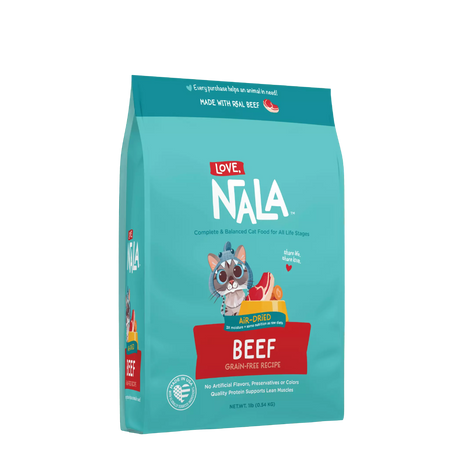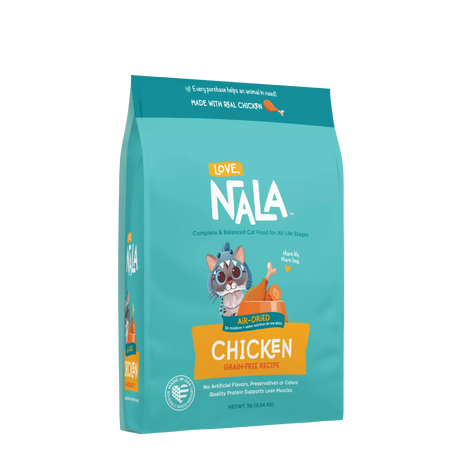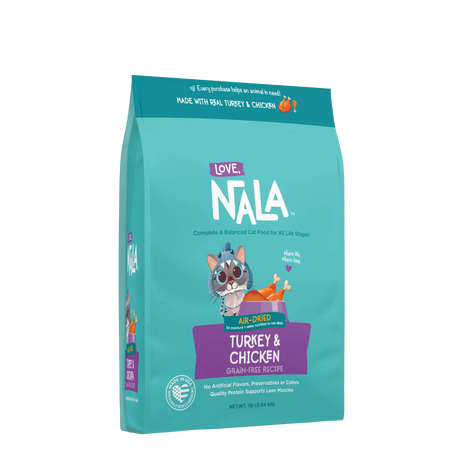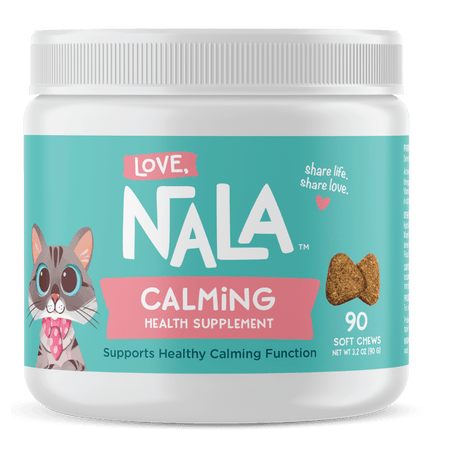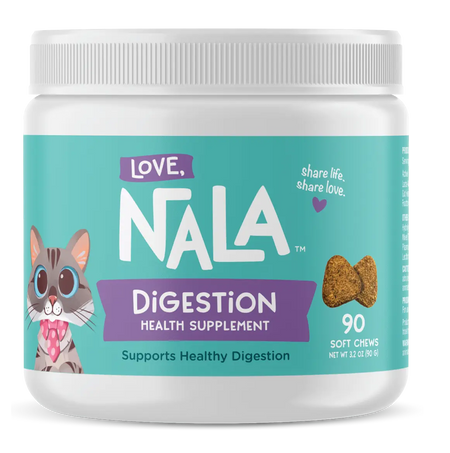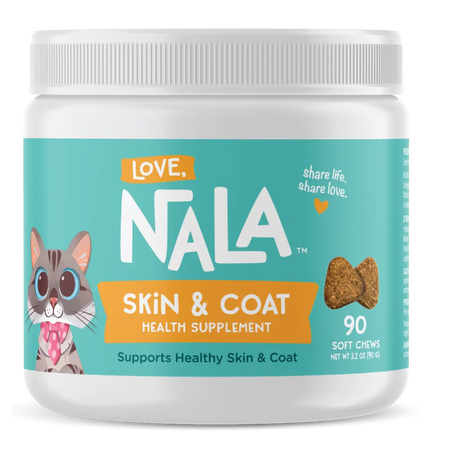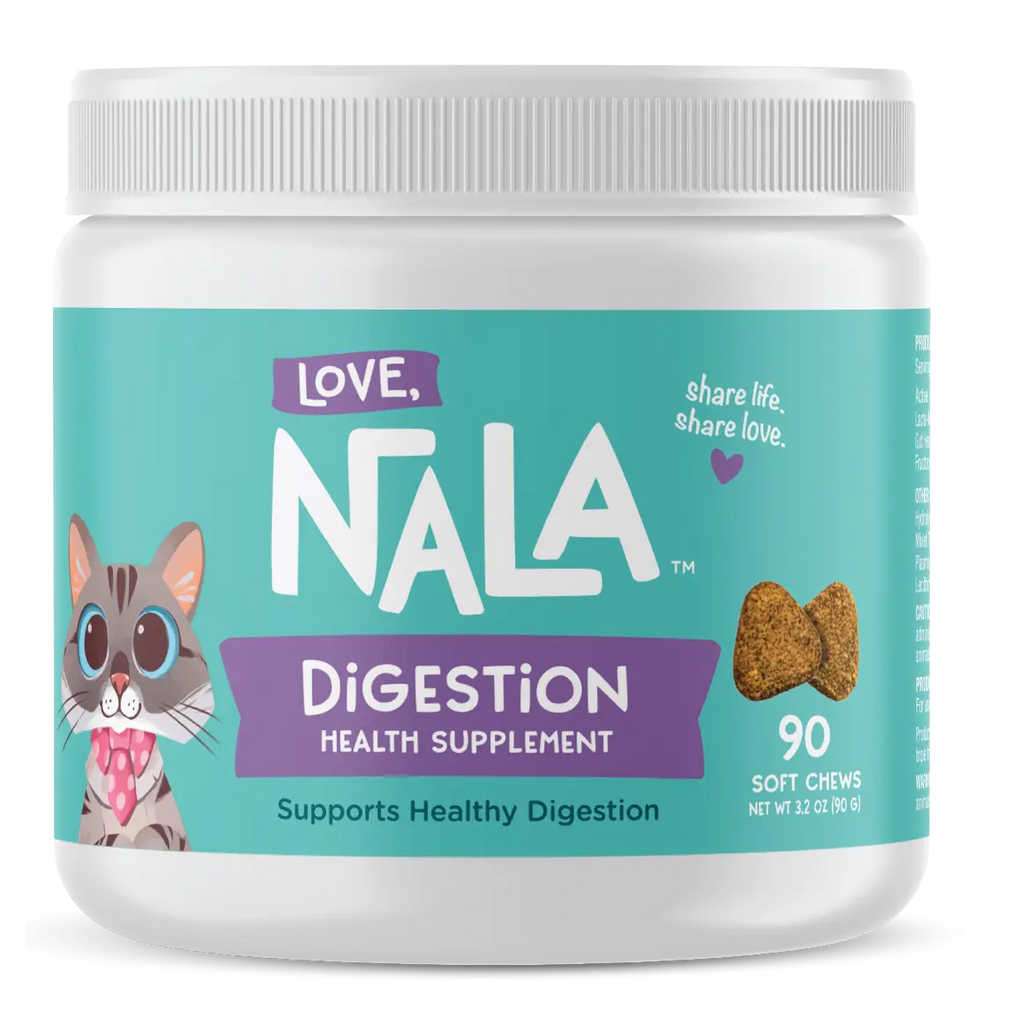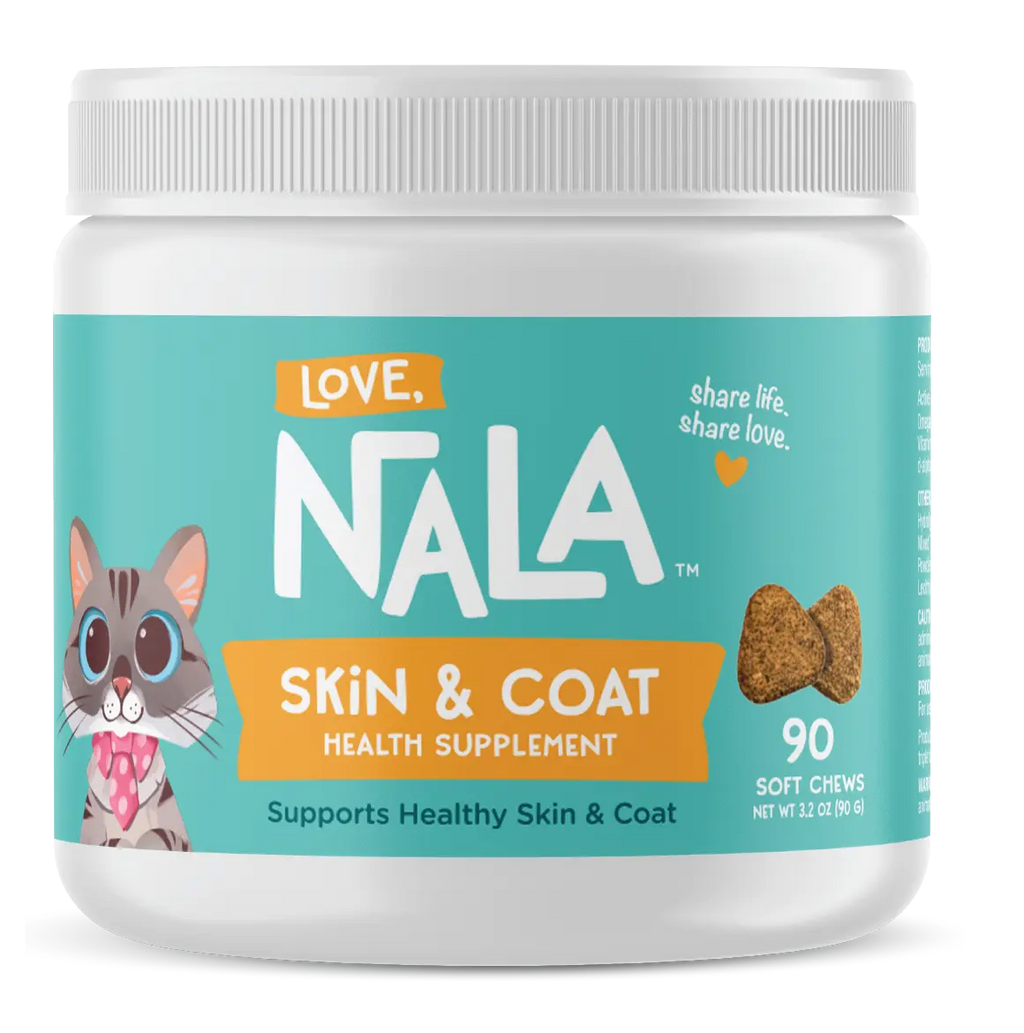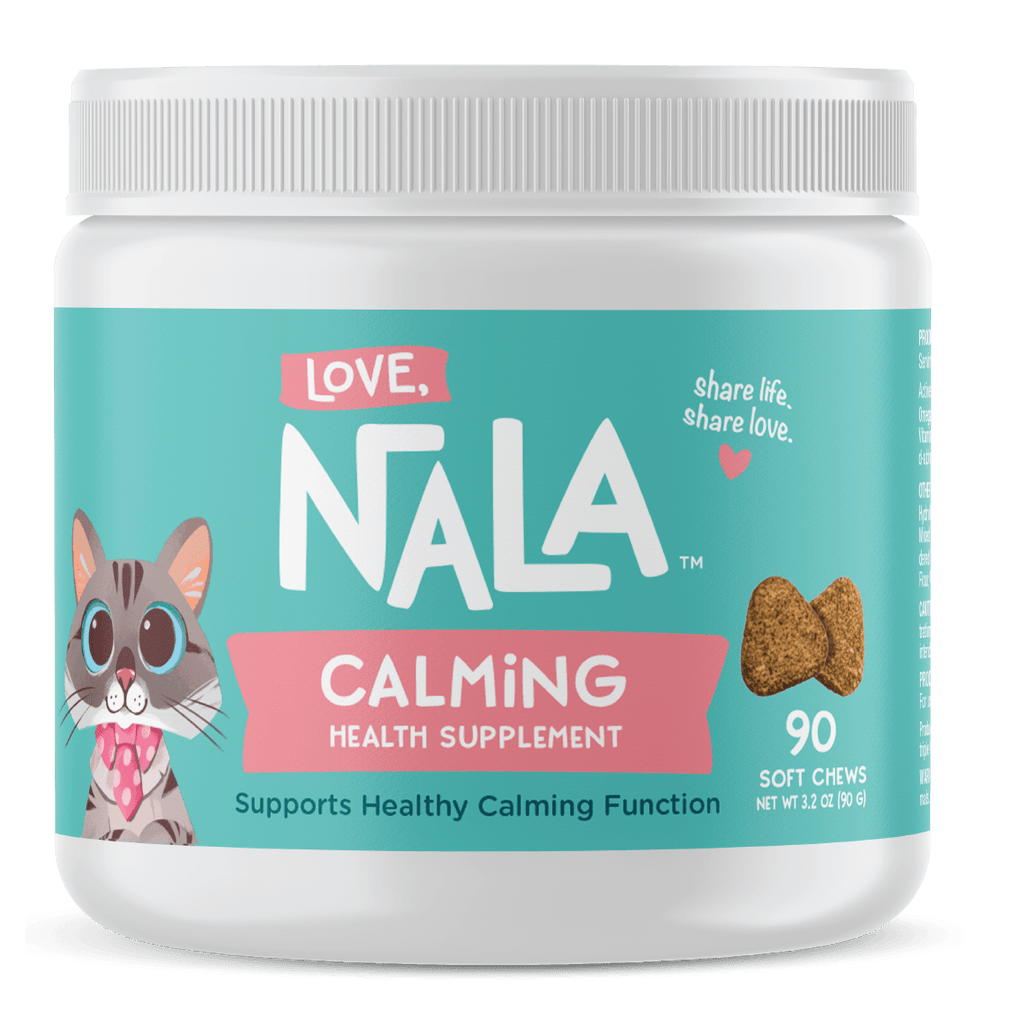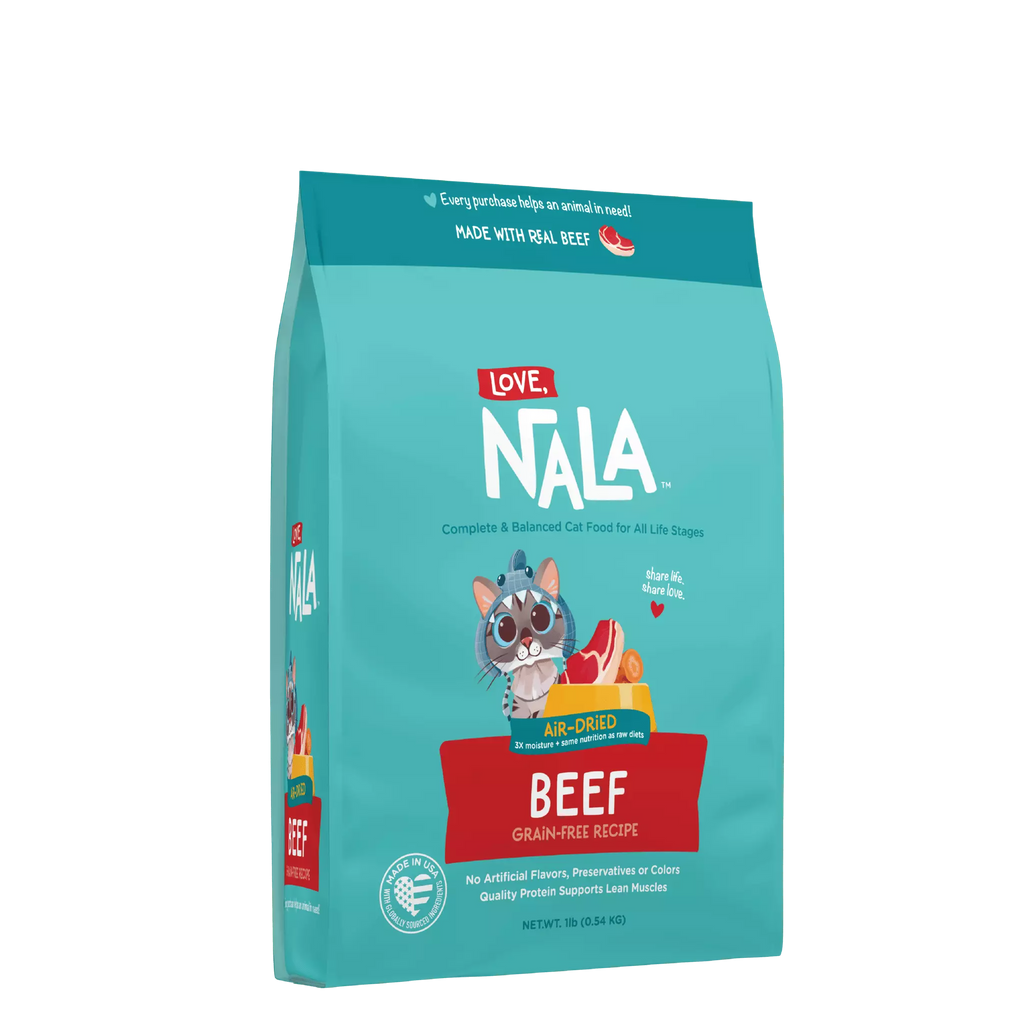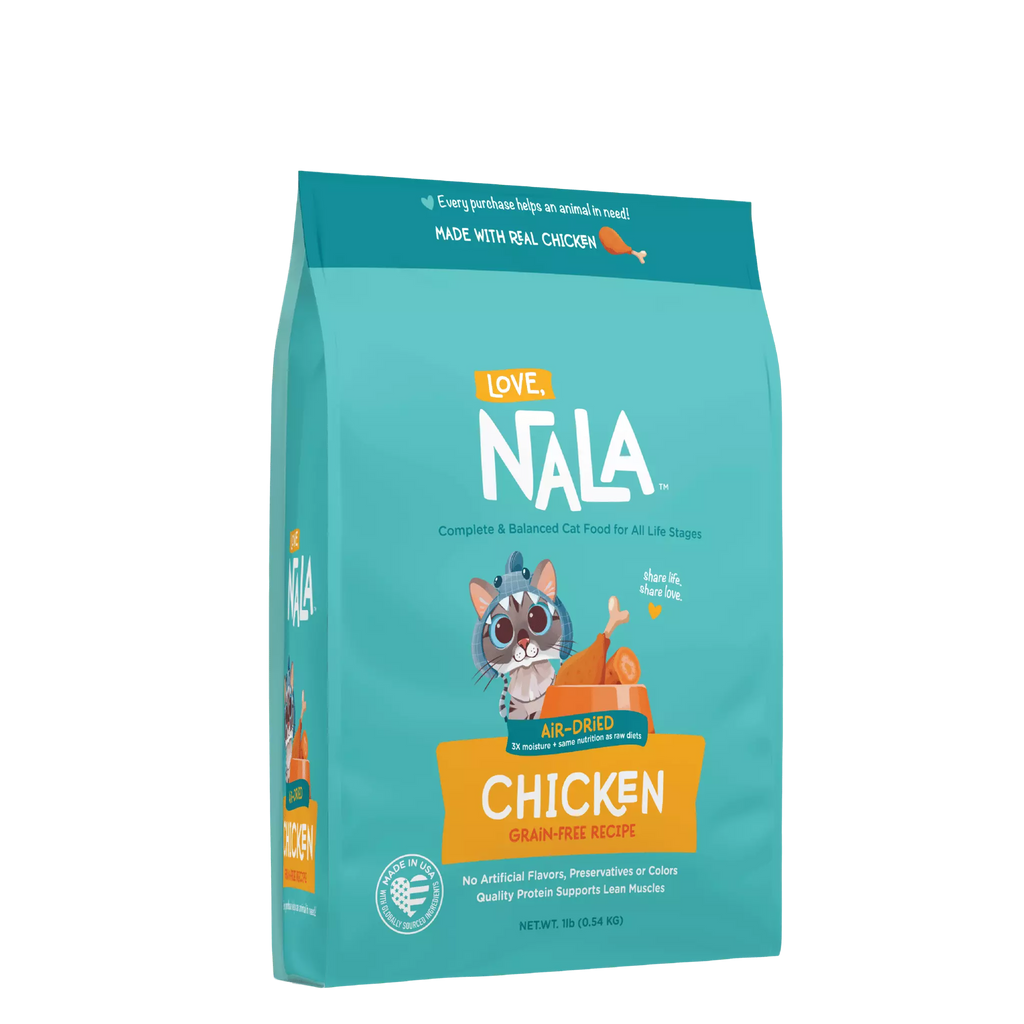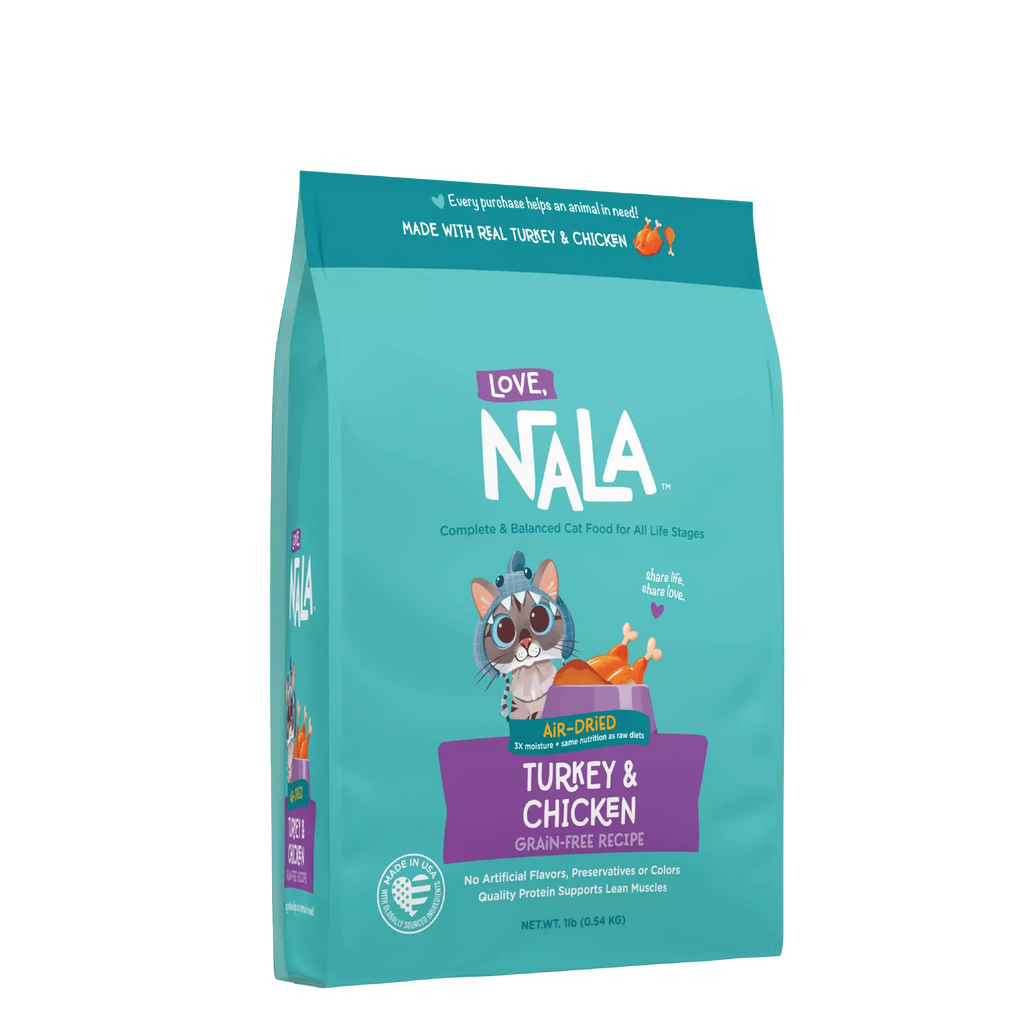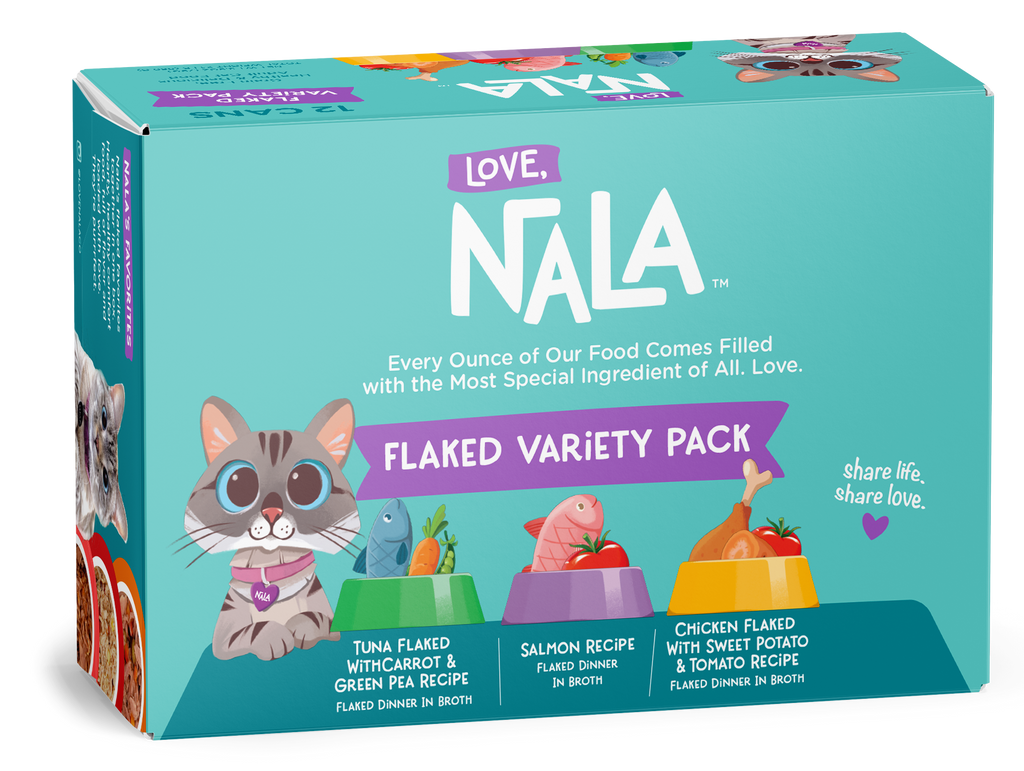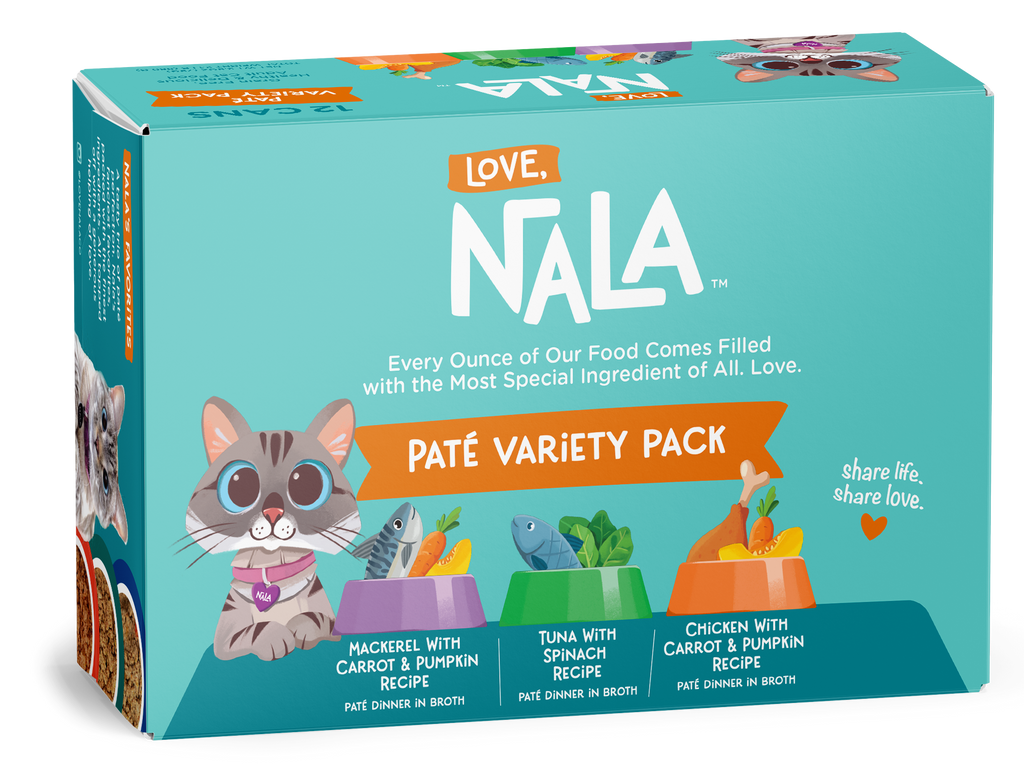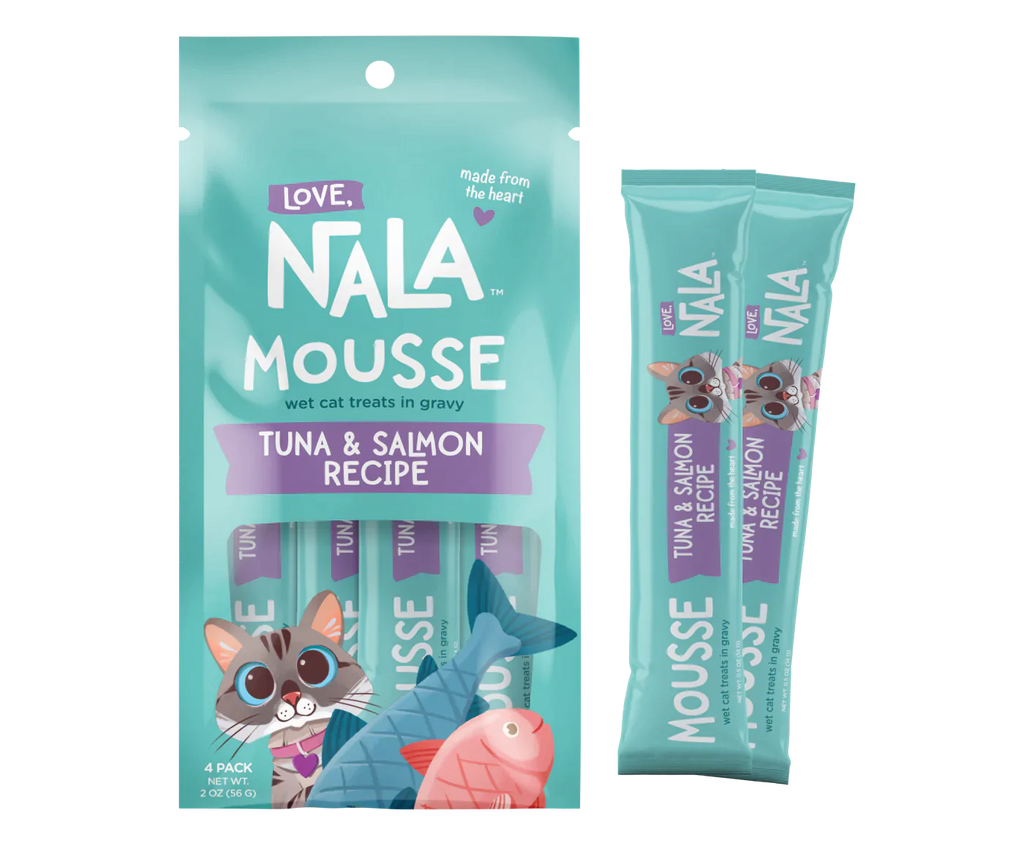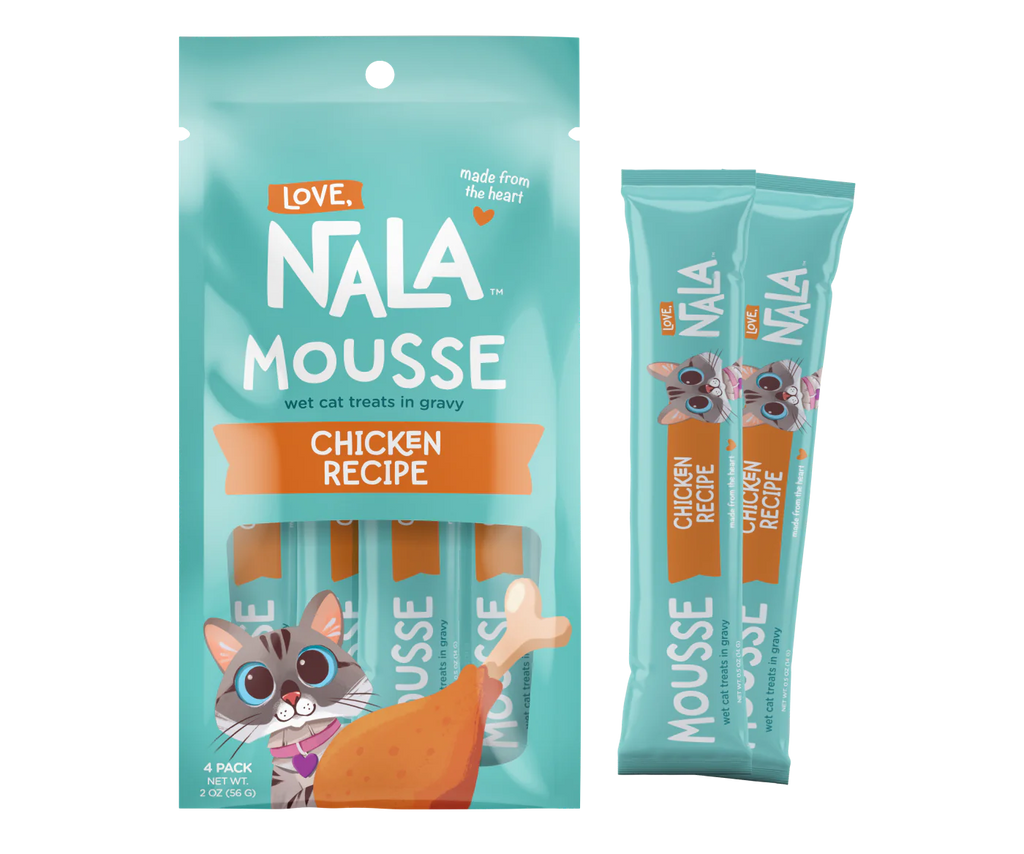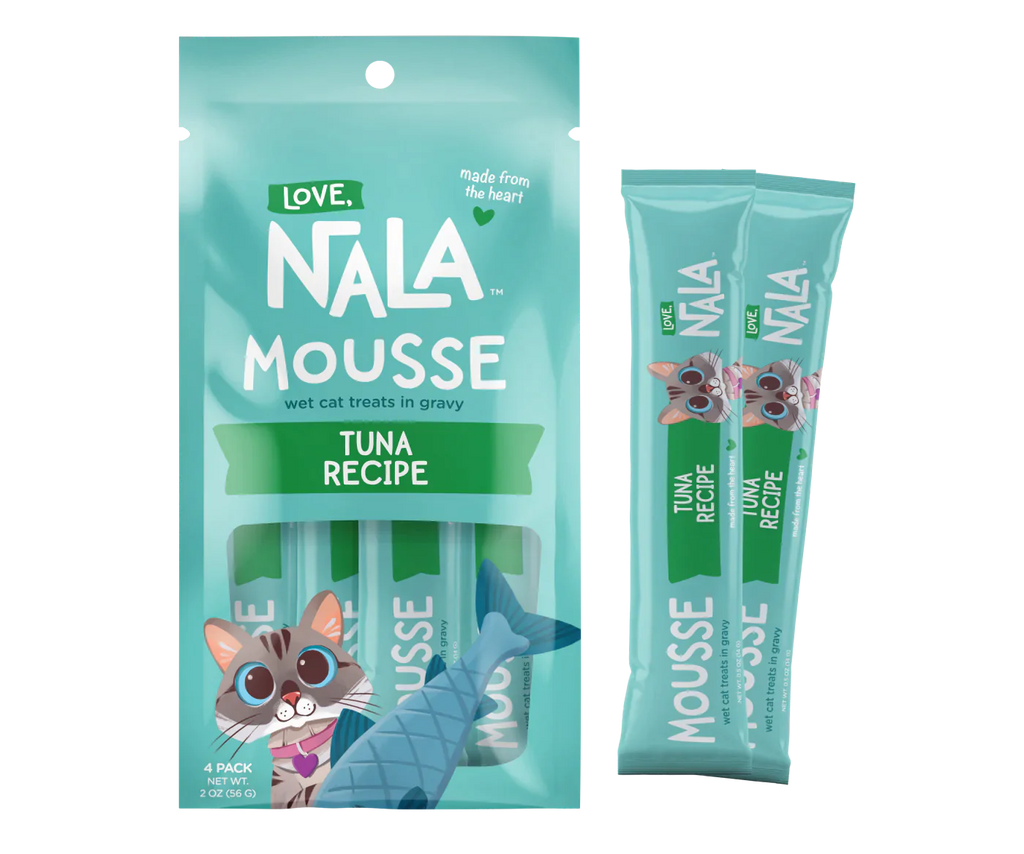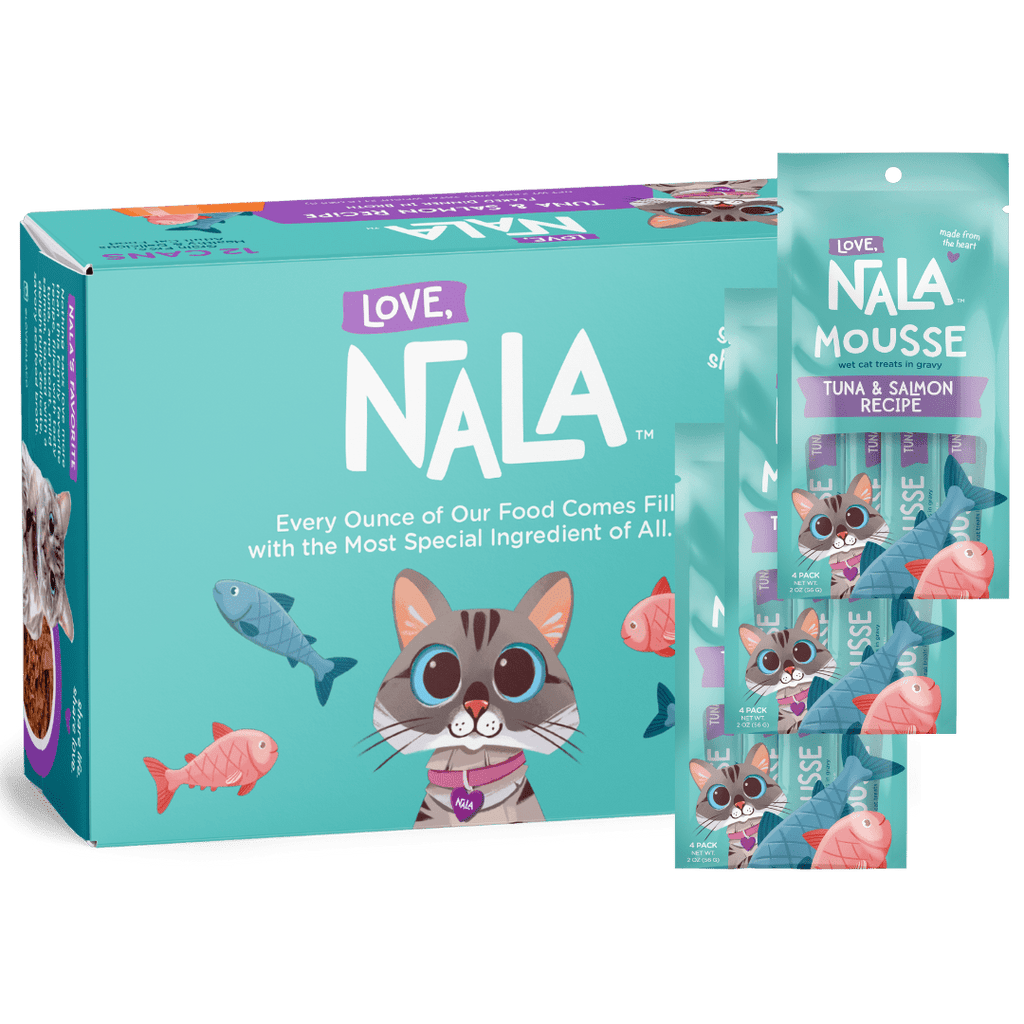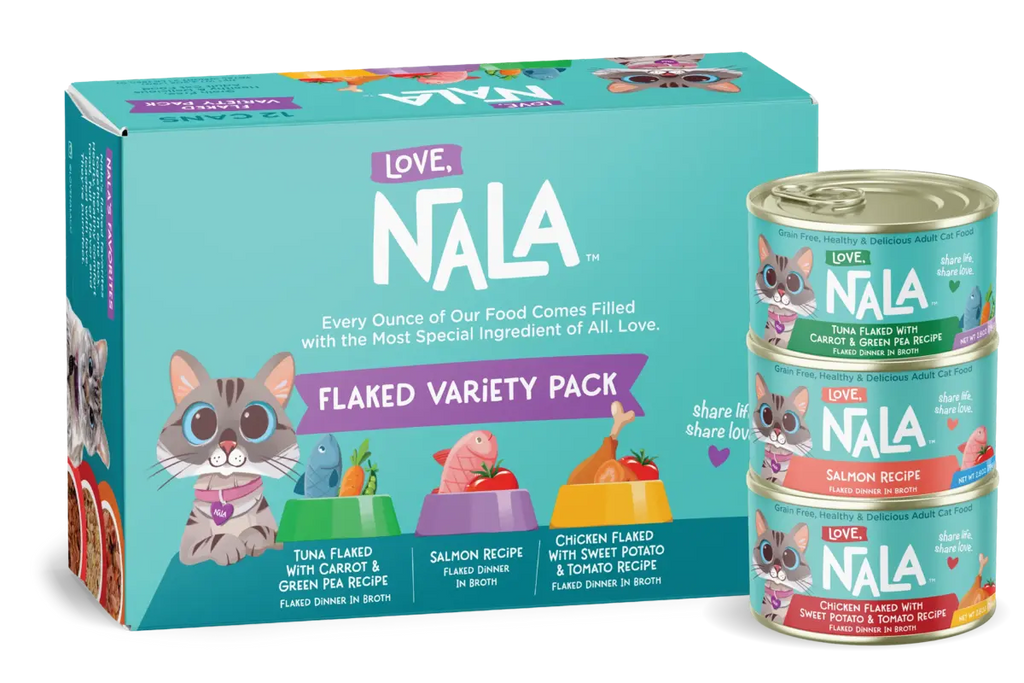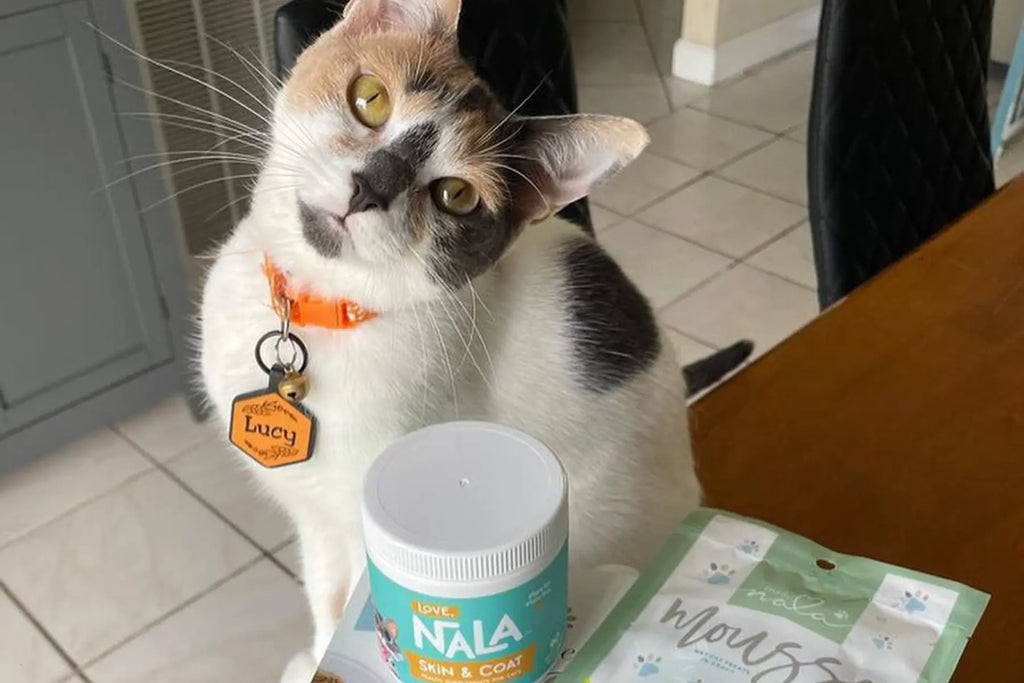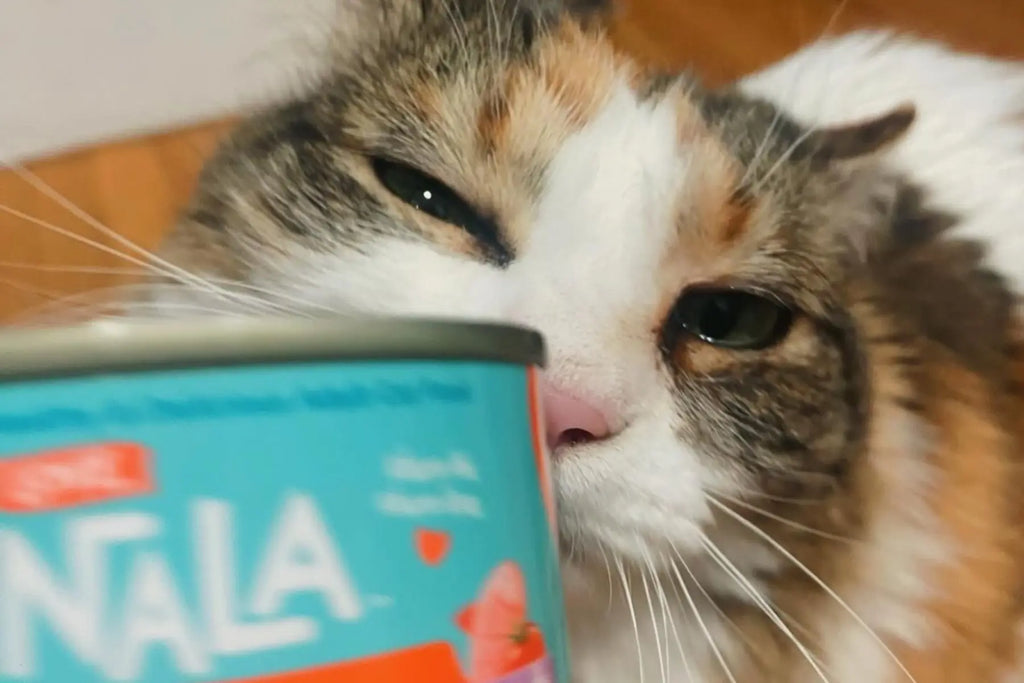The journey of ensuring our feline friends are well-fed goes beyond providing them with a daily portion of food. Various factors such as health conditions, age, or lifestyle changes necessitate a review and modification of their diet. Health considerations like allergies, obesity, or diabetes may require a shift to special needs cat diets. On the other hand, as your cat ages or experiences lifestyle changes such as increased or decreased activity, transitioning to age-specific cat diets becomes essential to match their evolving nutritional needs.
Transitioning your cat to a new diet is not always a walk in the park. One major hurdle is a cat's resistance to new food, which stems from their inherent dislike for change, especially when it comes to their diet. Additionally, cats can have sensitive digestive systems, making abrupt changes in diet a recipe for digestive troubles. It's essential to navigate these challenges with a strategy that ensures a smooth transition, maintaining the health and happiness of your cat.

The objective of a Safe Transition
The core objective of a safe dietary transition is twofold: minimizing digestive upsets and ensuring the acceptance of the new diet. A well-planned transition minimizes the risk of gastrointestinal issues like vomiting or diarrhea, which can arise from sudden dietary changes. Moreover, a gradual transition increases the likelihood of your cat accepting the new diet, making the process less stressful for both you and your feline companion.
Preparing for the Transition
Selecting the Right Diet
Selecting the right diet is fundamental to ensuring a smooth and successful transition for your cat's nutritional needs. This process begins with thorough research and identification of diets that align with your cat's current nutritional requirements. It's essential to sift through the various available information to find reliable sources that offer credible feline nutrition plans.
When considering a diet for your cat, it's crucial to take into account several factors that contribute to their overall health and well-being. Tailored cat nutrition schedules are paramount in this regard. These schedules are developed by taking into account your cat's age, activity level, and health status, ensuring that the diet is personalized to meet their specific needs. For example, kittens and senior cats have vastly different nutritional requirements, and what works for an active outdoor cat might not be suitable for a sedentary indoor cat.
A well-structured nutrition plan for your cat should include a balanced mix of proteins, fats, carbohydrates, vitamins, and minerals. Proteins are essential for muscle growth and repair, fats provide energy and support cell function, carbohydrates supply a quick source of energy, and vitamins and minerals are crucial for various bodily functions. Transitioning to a new diet should be done gradually to avoid gastrointestinal upset.
Scheduling the Transition
Planning is key to a smooth dietary transition. Scheduling the transition timeline helps in preparing both you and your cat for the change. It's essential to set a realistic timeline that allows for a gradual introduction of the new diet, which can span a few days to a week or more, depending on your cat's acceptance. Preparing for potential challenges such as initial resistance or digestive sensitivities and having a plan to address them can make the transition process less daunting.
Step-by-Step Transition Process
Gradual Introduction of New Food
Transitioning your cat to a new diet should be a slow and steady process to avoid any digestive disruptions and to ensure a higher likelihood of acceptance of the new food. Start by mixing a small portion of the new food with the old food. Initially, the mixture should contain a higher proportion of the old food. As days progress, gradually increase the proportion of the new food while decreasing the old food. This feline feeding strategy allows cats to adjust to new diets slowly, minimizing digestive issues. Additionally, it provides an opportunity for your cat to become accustomed to the taste and texture of the new food over time.
Monitoring Cat's Reaction
During the transition process, it's crucial to observe your cat's reaction to the new diet. Look out for any signs of digestive disturbances such as vomiting, diarrhea, or constipation, which could indicate that the transition may need to be slowed down. Also, measure your cat’s acceptance of the new food by monitoring their eating behavior. It's essential to ensure that your cat is eating enough during the transition to maintain their energy levels and overall health. If your cat is hesitant to try the new food, you might need to adjust the proportion or try a different transition strategy.
Patience and Consistency
Maintaining a consistent schedule and being patient are key elements of a successful dietary transition. Sticking to the transition schedule ensures that your cat has a routine, making the change less confusing for them. However, if your cat is having a hard time adjusting, it may be necessary to slow down the pace of the transition. Adjusting the pace as needed, while ensuring that each stage of the transition lasts at least a few days, helps in measuring your cat’s reaction and making the process smoother.
Addressing Resistance and Refusal
Identifying Causes of Resistance
Changing your cat's diet can be a tricky process that requires careful consideration and a gentle approach. Cats are creatures of habit and can show resistance to change, particularly when it comes to their food. Understanding the reasons behind this resistance is key to a successful transition. Below are detailed factors to consider during this process:
- Taste and Texture Preference: Cats develop strong preferences for certain tastes and textures over time, which can lead to resistance when introduced to a new diet. If the new food significantly differs in flavor or texture from what they are accustomed to, cats may outright refuse it. Gradually mixing the new food with the old, increasing the proportion over time, can help them adjust. It's also beneficial to choose a new diet that mimics the texture and flavor profile of their previous food as closely as possible to minimize resistance.
- Anxiety with New Food: Introducing a new diet can cause anxiety and stress in cats, leading to a reluctance to eat. This can be particularly pronounced if the change in diet coincides with other changes in their environment or routine. To mitigate this, introduce the new diet in a calm, stress-free setting.
- Signs of Stress: Monitoring your cat for signs of stress or anxiety related to the dietary change is crucial. These signs might include eating less than usual, avoidance of the food bowl, increased vocalization, or changes in behavior.
Understanding these factors and approaching the dietary transition with empathy and patience can greatly ease the process for both you and your cat. It's important to remember that each cat is unique, and what works for one may not work for another. The goal is to ensure the transition is as smooth and stress-free as possible, leading to a happier, healthier cat.
When to Seek Professional Help
If your cat persistently refuses the new food or if there are signs of distress or illness, it's time to seek professional help. A veterinarian can provide insights into whether the dietary change is causing any adverse reactions or if there are other underlying issues. They may also provide alternative cat food planning strategies or recommend different diets that might be more acceptable to your cat while meeting their nutritional needs.

Recognizing and Addressing Food Intolerances and Allergies
Common Signs of Food Intolerances
Cats, much like humans, can suffer from food intolerances and allergies that manifest in various uncomfortable and potentially harmful health issues. These conditions can greatly affect their quality of life and may require a careful examination of their diet and environment to manage. Being vigilant about the signs of these allergies and intolerances is crucial for cat owners. Here are the key symptoms to watch for, each requiring attention to ensure your cat remains healthy and happy:
- Digestive Upsets: This is one of the most straightforward signs that your cat may not be tolerating its current diet well. Symptoms such as vomiting, diarrhea, or constipation can occur if a cat eats something that doesn't agree with its digestive system. These signs can start appearing within hours to a few days after ingestion of the allergen. Persistent digestive issues could lead to dehydration and weight loss, making it crucial to identify the offending food and eliminate it from your cat's diet to restore its digestive health.
- Skin Irritations: Allergic reactions in cats can often manifest through their skin. Symptoms might include excessive scratching, red patches, sores, and even hair loss. Such reactions are usually a response to an allergen that the cat has either ingested or come into contact with. These irritations can cause a great deal of discomfort, and if left untreated, may lead to more severe skin infections. Observing your cat's skin condition regularly can help catch these symptoms early.
- Respiratory Issues: Although less common than digestive or skin issues, some cats can exhibit respiratory symptoms as a result of allergies. This might include wheezing, coughing, or sneezing and can sometimes be mistaken for a cold or flu. However, if these symptoms persist, especially after dietary changes or during specific seasons, they might indicate an allergic reaction. Ensuring your cat's environment is free from common allergens such as dust, pollen, or certain scents can help mitigate these symptoms.
- Behavioral Changes: Changes in your cat's behavior can be a subtle yet significant indicator of discomfort or illness. This could range from increased lethargy, showing less interest in food or play, to sudden aggression or irritation. These behavioral shifts often signify that your cat is dealing with discomfort or pain, possibly due to food intolerance or allergies.
Recognizing and responding to these symptoms early can make a significant difference in managing food intolerances and allergies in cats. It not only helps in alleviating immediate discomfort but also prevents long-term health complications. Ensuring your feline friend is on a well-tolerated diet, along with a comfortable and safe living environment, is key to their well-being.
Adjusting the Diet
If food intolerances are suspected, it may be necessary to adjust the diet. Selecting hypoallergenic or special needs cat diets that are formulated to minimize allergens can be a beneficial step. It’s essential to re-introduce foods cautiously to identify the specific ingredients causing adverse reactions. Transitioning to a different diet that alleviates the symptoms while still meeting the nutritional needs of your cat is pivotal in managing food intolerances and ensuring the overall health of your cat.
Veterinary Assistance
As previously discussed, when you notice unusual symptoms in your cat that could indicate food intolerances or allergies, such as excessive itching, digestive upset, or skin problems, the first step is to seek professional help. Navigating the complex landscape of feline allergies and intolerances requires a careful and informed approach to ensure your cat's health and well-being. Here’s how to proceed:
- Consult with a veterinarian for an accurate diagnosis. Visiting a veterinarian is crucial when you suspect your cat has food intolerances or allergies. A professional can assess symptoms, review your cat’s dietary history, and consider environmental factors that may contribute to the condition. An accurate diagnosis is foundational, as it informs all subsequent steps in managing your cat’s health. Without it, you could be left guessing which ingredients are causing problems, potentially leading to unnecessary dietary restrictions or continued exposure to allergens.
- Utilize diagnostic tests to pinpoint the exact allergens. Your veterinarian may recommend specific diagnostic tests, such as blood tests, skin prick tests, or an elimination diet, to identify the exact cause of your cat's reactions. These tests are critical for distinguishing between different types of allergies or intolerances, whether they're to food, environmental allergens, or something else. By pinpointing the specific allergens, you can take targeted steps to eliminate them from your cat's environment or diet, reducing or eliminating symptoms.
- Develop a long-term diet plan that caters to your cat's nutritional needs, avoiding identified allergens. Creating a long-term diet plan involves more than just eliminating allergens; it’s about ensuring that your cat receives all the necessary nutrients for a healthy life. It may need adjustments over time, as your cat’s nutritional requirements change with age or health status. Regular follow-ups with your veterinarian can help monitor your cat's condition and adapt the diet as needed.
Managing food intolerances or allergies in cats is a multifaceted process that requires careful consideration and expert guidance. By following these steps, cat owners can ensure that their feline friends lead comfortable, healthy lives despite dietary challenges. Keeping open communication with your veterinarian and being observant of your cat's health and behavior is key to successfully navigating this.
Additional Considerations
Weight Management During Transition
The dietary transition process also presents an opportunity for weight management for cats. It’s crucial to monitor your cat’s weight during this period as changes in diet can lead to weight gain or loss. Adjusting portions accordingly to maintain a healthy weight is essential. Ensuring the new diet supports a healthy weight while meeting all nutritional requirements is a balanced approach to managing your cat's weight during the transition.
Homemade Cat Diet Plans
For cat owners who prefer a more natural approach, considering homemade cat diet plans can be an option. However, it’s crucial to ensure these diets are nutritionally complete and balanced. Consulting with a veterinarian or a pet nutritionist to formulate a homemade diet that meets all the nutritional needs of your cat is vital. Ensuring the homemade diet is well-rounded and provides the essential nutrients required for your cat's health and vitality is crucial.
Future Dietary Transitions
Preparing for future dietary transitions, especially to age-specific cat diets, is an ongoing responsibility. Making dietary adjustments as needed based on your cat's age, health status, and lifestyle is essential for maintaining their nutritional well-being. Establishing a positive relationship with a veterinarian who can guide these transitions ensures a proactive approach to managing your cat's dietary needs throughout their life stages.

Transitioning your cat to a new diet is a nuanced process that requires careful planning and execution. The steps outlined in this guide aim to facilitate a smooth transition, minimizing any potential health issues and enhancing the acceptance of the new diet by your cat. The emphasis on patience, professional guidance, and close monitoring during the transition cannot be overstressed. Understanding the cat diet recommendations, being observant of your cat's reactions, and being willing to seek professional help when necessary, encapsulate the holistic approach needed for a successful dietary transition.
The process of transitioning your cat to a new diet doesn't end with the acceptance of the new food. It's a continuous journey of monitoring and making necessary adjustments to ensure your cat maintains a healthy weight and stays energetic and vibrant. Building a positive feeding routine, being open to making future dietary adjustments, and maintaining an ongoing dialogue with your veterinarian is key to fostering a healthy dietary lifestyle for your cat. Every step taken towards ensuring your cat has a balanced diet is a step towards a longer, healthier, and happier life for your feline companion.
